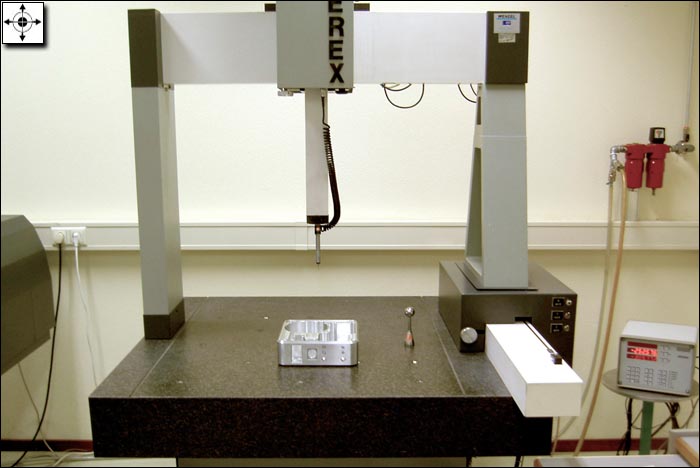This review page is supported in part by the sponsors whose ad banners are displayed below |
 |
Class A vs. D: Compared to the F5, the Hexateqs were obviously dissimilar. Though this was easy to break down into various changes in sonic attributes, the core effect really was about how these attributes combined. The combination created the different gestalt. In that bigger picture, the Belgians were warmer, denser, thicker and not as finessed about micro resolution. Breaking it down, the FirstWatt amplifier was rather more lit up on top. This produced more information surrounding transients, more upper harmonics, more hall sound and connectedly, more stage depth. Where the Hypex monos with their great but not as transparent image density compacted the subjective stage perception into the center, the Pass amp fanned and layered things out more laterally.
|
|
|
Hypex bass had more amplitude and weightiness. In how my system is voiced, this didn't require—but for my tastes, made it useful—to set the Esoteric C-03 preamp to 0dB gain. The STP by Wyred4Sound isn't equally adjustable and thus couldn't shift the tonal balance back to my personal base line. This was purely a matter of taste. Many prospective customers would surely not complain about the substantial bass mass that emanates from these demure monos.
|
 |
It's a fine line between mass and dirtiness. Bass adds black into the mix to enrich and deepen tone color. Too much and things begin to feel heavy and not quite agile and transparent enough. Where exactly this shift occurs isn't etched in absolutes. It's a matter of perception and preference. Eventually of course everyone would agree that something went too far but no fear, that was not the case here.
|
 |
Combine low-frequency mass that extends somewhat into the midrange with a less finely resolved treble and the gravitational center is obviously lower. Playing material without LF content, it was apparent that the HF quality wasn't merely psychoacoustic—i.e. influenced by bass presence just as a red rose photo will seem to change hues when surrounded by differently colored frames—but not as 'fast', open, energetic and insightful, period. This had consequences particularly for plucked stringed instruments. It padded down their harmonic envelope and the subtle micro charges of transient energy. If we want insight into the textural layers of the music, this densification keeps us more on the surface. We cannot penetrate as deeply. In audiophile lingo, resolution operates at a lower level of magnification. It also means that certain leading edges embedded in surrounding thicket don't peak out with the same spikiness; and that separation in general isn't heightened as it was with this particular class A amp.
Musically speaking, this was perfectly benign. It was quite different from how I remember the NuForce Reference sound and not remotely as concerned with hyper realism. It was in fact closer to a generalized warmish tube aesthetic which subtracts the extreme 3D soundstage layering of superior SETs and—think Yamamoto's A-08S—their finely gradated micro dynamics and lithe blazing reflexes. What it retained from 'generic' push/pull tube amps was their fullness and warmth.
|
|
|
If this had you at hello in the context of a class D amp, I don't think you'd be alone. This neither reads nor sounded like popular opinion has pegged the breed. While the Nelson Pass was the superior amplifier, there's no arguing that in matters of bass amplitude (but not articulation), the Hypex circuit actually had the upper hand. Where the greater resolving power of the FirstWatt will become more critical of ancillaries when one works on increasing overall insight without defaulting into the analytical—i.e. greater visibility of and appreciation for the minute ingredients—the Hexateqs get high musical marks already with passive preamplifiers. That is usually not how one goes about adding color and substance in this hobby. Rather than indictment, it's really a practical endorsement for how to keep the sound 'on the musical foot' without working hard on component matching. The pursuit of separation—distinguishing the very small inside the big—often entails separating the listener from the experience. With the Premium SE strip amps, that seems highly unlikely. |
 |
|
|
 |